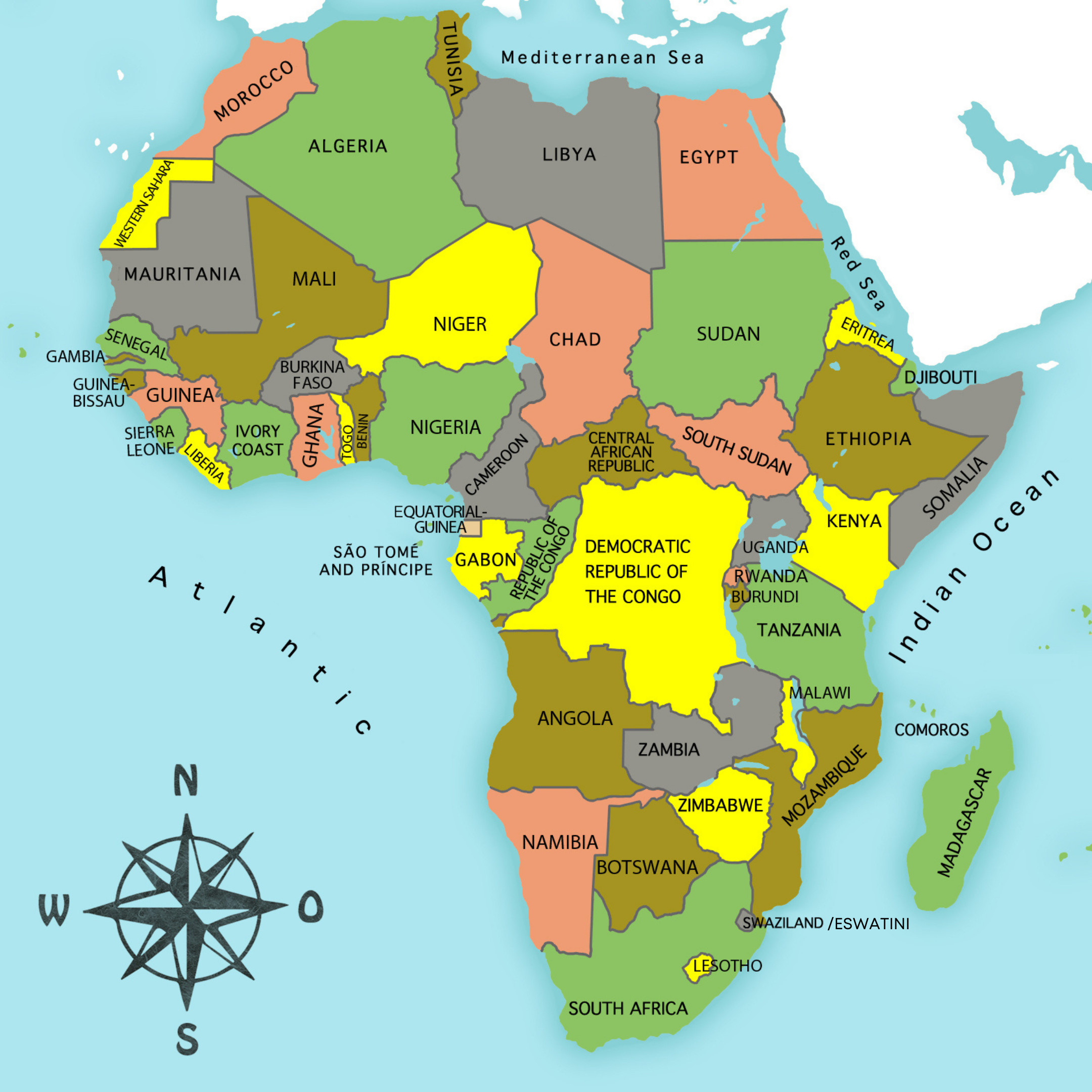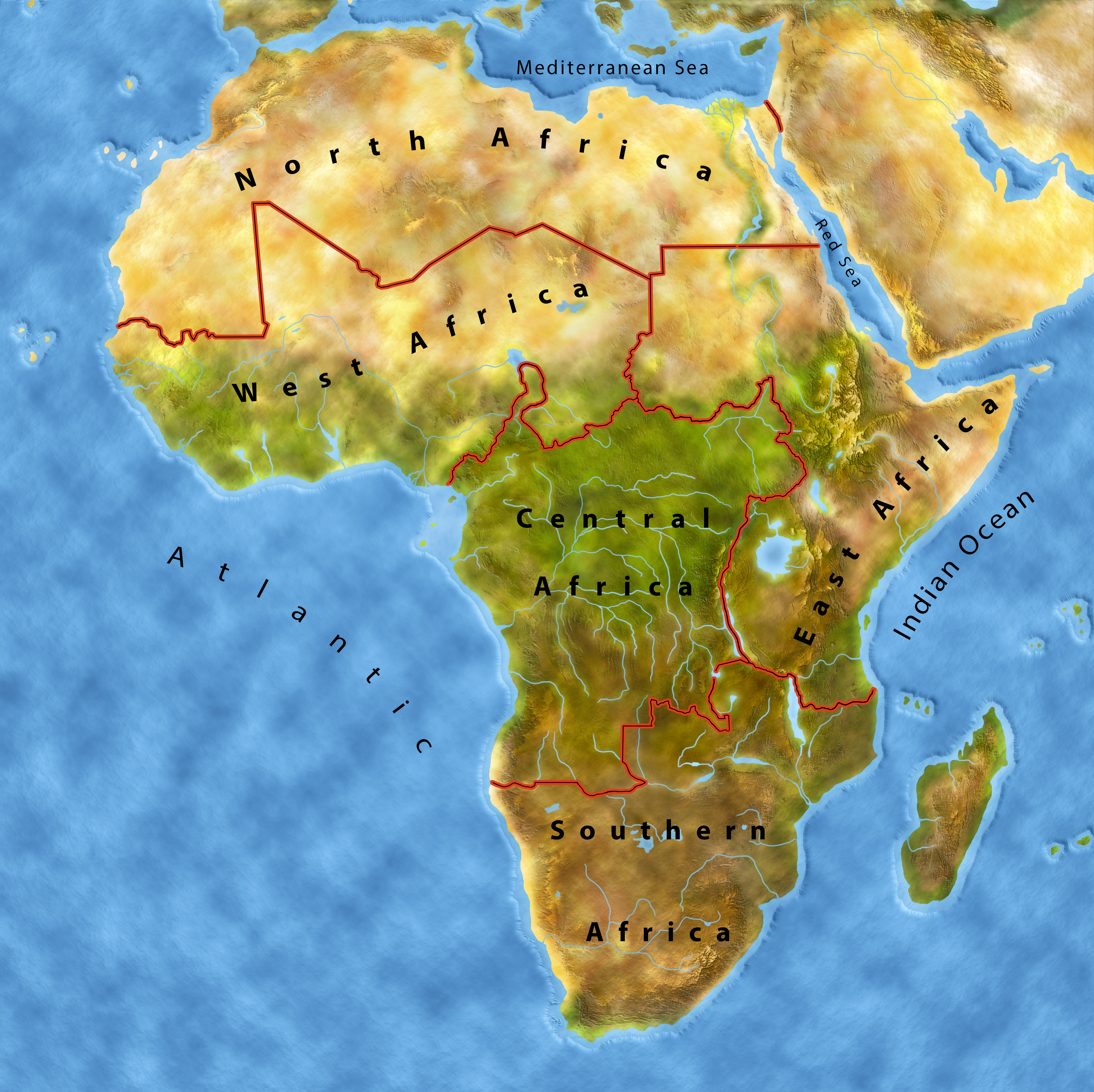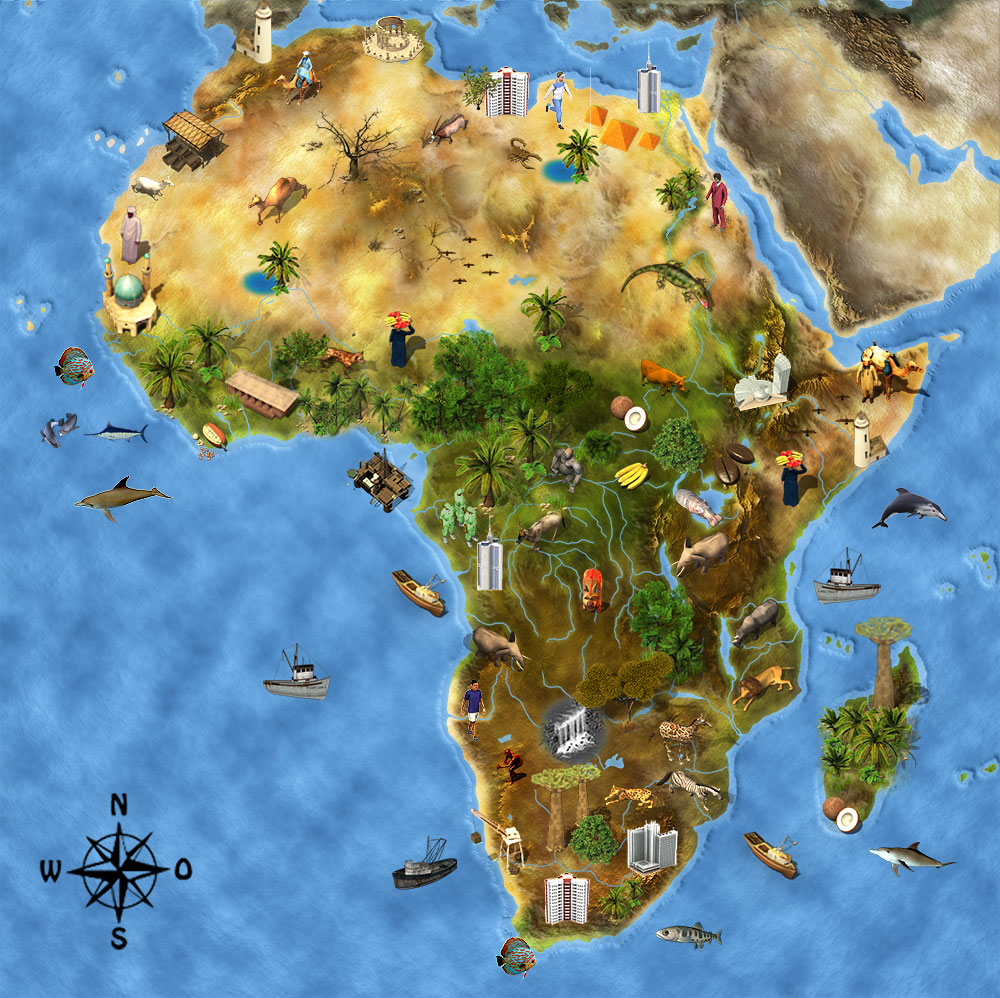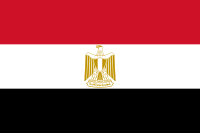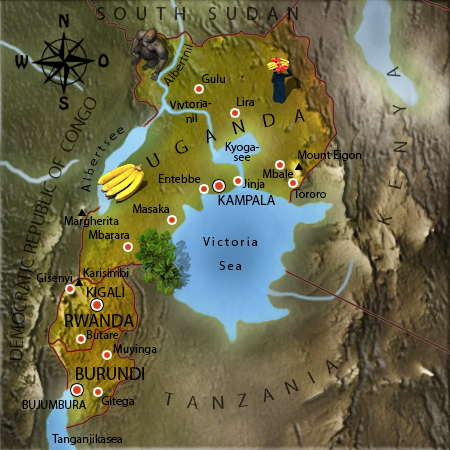Bonjour, welcome to Burundi, the Switzerland of Africa.
Burundi lies in the heart of Africa. The country is a spot on the African map, because it is very small. More than 10 million people live in the small country, making it one of the most densely populated countries in Africa.
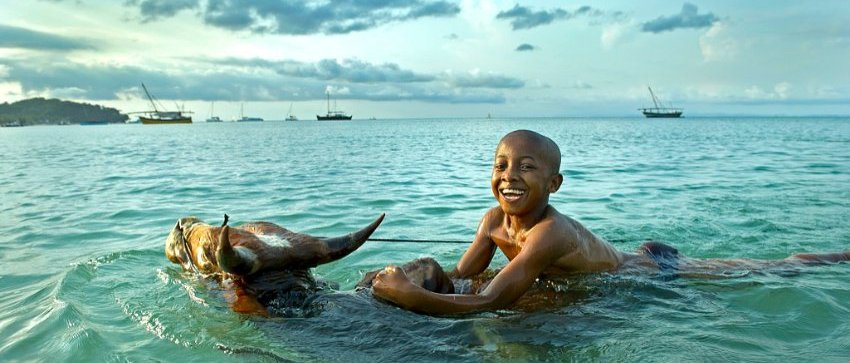
Location
Burundi lies on a high plateau between the Victoria Falls and Lake Tanganyika. Burundi borders on Rwanda and Tanzania. Lake Tanganyika forms a natural border to the Democratic Republic of Congo.
Landscapes
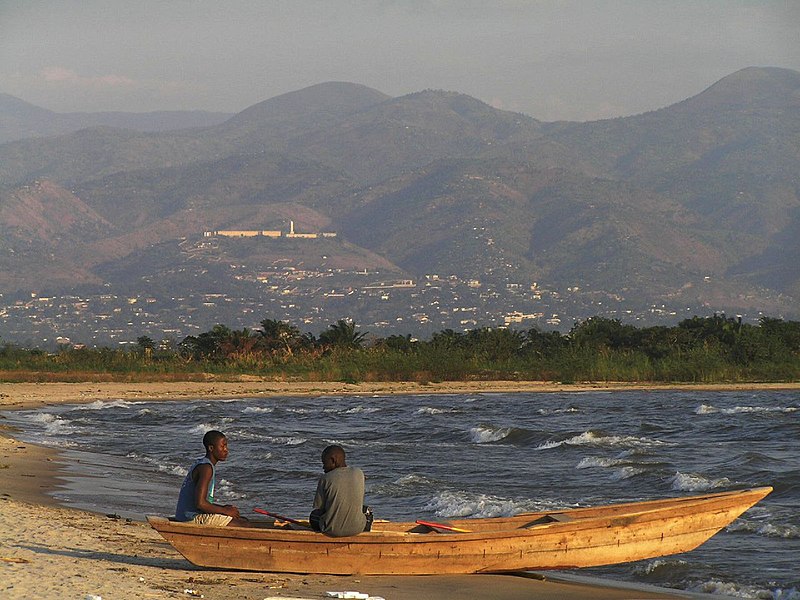 Thanks to its beautiful landscapes, Burundi is often called the " Switzerland of Africa ". A savannah with eucalyptus trees, acacia and oil palm dominates the plateau. The once large forests have been destroyed by deforestation. Tropical rainforests can now only be found on the eastern slopes. To the west, the mountains of the central Rift Valley rise. The mountain range is as high as 2 700m in some areas. The water from the mountains that flow to the west contribute to the Congo, the water that flows to the east contribute to the Nile. The Ruvubu is a source of the Nile.
Thanks to its beautiful landscapes, Burundi is often called the " Switzerland of Africa ". A savannah with eucalyptus trees, acacia and oil palm dominates the plateau. The once large forests have been destroyed by deforestation. Tropical rainforests can now only be found on the eastern slopes. To the west, the mountains of the central Rift Valley rise. The mountain range is as high as 2 700m in some areas. The water from the mountains that flow to the west contribute to the Congo, the water that flows to the east contribute to the Nile. The Ruvubu is a source of the Nile.
Lake Tanganyika
Lake Tanganyika is 660 km long, making it the second largest lake in Africa. It is 1400 m deep in some parts. Burundi lies on the equator, meaning it has a tropical climate with a constant temperature of 24 degree Celcius. The temperature isn’t as high as in other countries which lay on the equator, as Burundi is situated higher up.
Bujumbura, the Capital
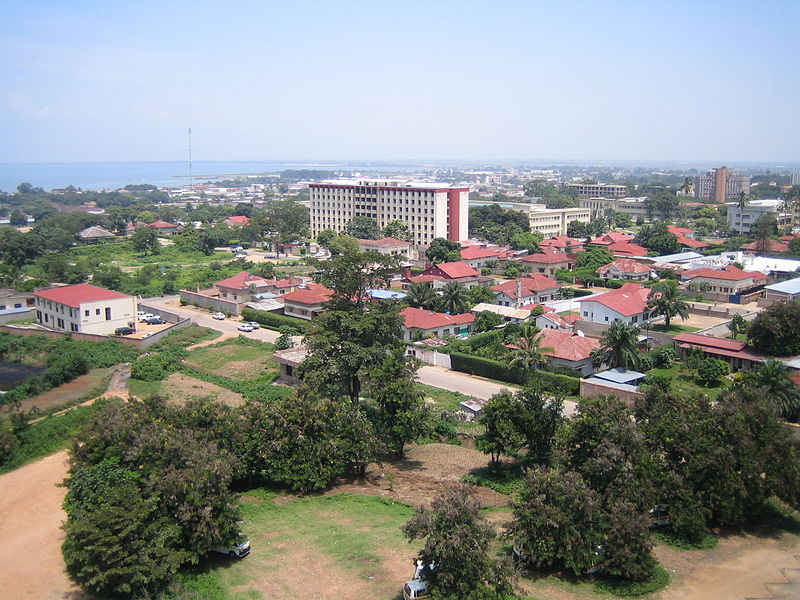 Bujumbura lies on the banks of the Lake Tanganyika and has a large harbour. The lake connects Burundi with Tanzania, resulting in a lot of ship traffic between the two habour cities. Originally, Bujumbura was only a small harbour. After the country gained its independence, it became the capital city. Bujumbura has since then become the economic centre of the country with an international airport. The locals call the centre of their country Buju (or Budschu) for short. It has a wide boulevard and grand public buildings. It is said that there is no better French cuisine in eastern Africa than here.
Bujumbura lies on the banks of the Lake Tanganyika and has a large harbour. The lake connects Burundi with Tanzania, resulting in a lot of ship traffic between the two habour cities. Originally, Bujumbura was only a small harbour. After the country gained its independence, it became the capital city. Bujumbura has since then become the economic centre of the country with an international airport. The locals call the centre of their country Buju (or Budschu) for short. It has a wide boulevard and grand public buildings. It is said that there is no better French cuisine in eastern Africa than here.
Peoples and Languages

The inhabitants of Burundi are predominantly the Hutu, a Bantu folk group, who work in agriculture. The Tutsi, who are cattle breaders, make up 15% of the population. In the picture on the left, you can see Hutu children. The Hutu and Tutsi were enemies for a long time, as each folk group believed they were superior to the other. Almost half of the population is younger than 15. Due to the long civil war, many children are orphans who live on the street and have to survive on their own. Kirundi and French are the official languages, but many also speak Swahili. The majority of the Burundians are Christian, but the belief in ancestors is still anchored in the people. A few Pygmy tribes still live in the rainforests.
Festivals and Celebrations-
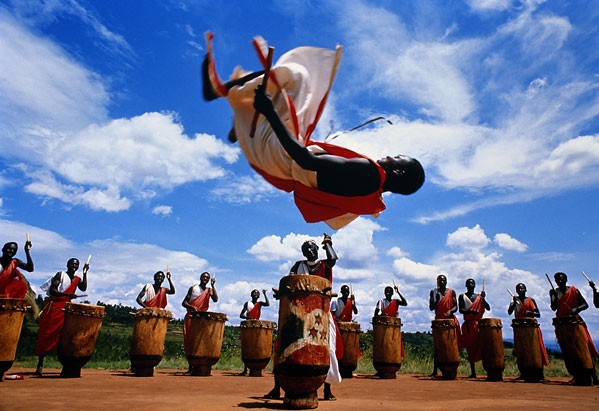
In Burundi, the Karyenda Drummers have been seen as holy for many, many years. The tradition of the drummers is linked to the imperial history of Burundi and is still recognized today. The drummers sit in a half-circle and acrobatic dancers dance to the drumming. They are so artistic, they can even hit the drums with their feet while moving. In this small country, which was plagued by civil war for many years, the “Batimbos” are seen as messengers of peace. Their performances are always spectacular. Hundreds of spectators gather on the streets to watch even spontaneous performances. A special performance takes place on Independence Day, July 1st. For this special occasion, the young men have to procure a new drum. It is made from the wood of the Umuvugangoma tree. The tree is cut down, the wood is hollowed out in an ancient custom and stripped of bark. The new drum weighs about 100kg. According to tradition, the drum has to be transported to the drumming festival on the heads of the drummers.
SchoolS and Education
 Burundi is one of the poorest countries in the world. During the long civil war between the Hutu and the Tutsi, many school buildings were destroyed and many teachers fled to neighbouring countries. Since the end of war schools have been rebuilt, many teachers returned to their classes. Since several years lessons are free, but school uniforms and books are expensive and not all parents can afford the costs. And also school is no fun for those who are not trained in foreign languages. From the very start lessons are taught in French. This is why only one quarter of all children attend school.
Burundi is one of the poorest countries in the world. During the long civil war between the Hutu and the Tutsi, many school buildings were destroyed and many teachers fled to neighbouring countries. Since the end of war schools have been rebuilt, many teachers returned to their classes. Since several years lessons are free, but school uniforms and books are expensive and not all parents can afford the costs. And also school is no fun for those who are not trained in foreign languages. From the very start lessons are taught in French. This is why only one quarter of all children attend school.
Economy and Natural resources

The majority of Burundians live off the land. Women are contribution the most to the income of the family. They grow legumes, millet, corn , bananas, sweet potatoes and manioc. The Tutsi are cattle-herders- they own mostly cows and goats. Due to the rapid increase of the population, food is scarce, so a lot has to be imported. Burundi exports coffee, tea and cotton, which is grown on large plantations. The is not much industry. Mostly agricultural products, textiles, shoes or soap are produced. Even though Burundi has important resources like gold, copper, cobalt, uranium and nickle, there is very little mining, as the infrastructure isn’t good enough. The road network is badly constructed and can often only be used in the dry season.
Animal Kingdom
 Once in Burundi there was a rich animal kingdom. However, the former paradise on the equator is threatened by deforestation and new settlements. The habitats of many animal species have been destroyed. Mountain gorillas live in the rainforests and in the mountains. The numerous lakes have made Burundi a paradise for birds. The national parks, such as Kibira and Ruvubu, provide a retreat for chimpanzees, colobus monkeys and meerkats. On a safari through the savannah, you can see zebras, antelopes, buffalos, warthogs, baboons, lions, leopards, crocodiles and hippos.
Once in Burundi there was a rich animal kingdom. However, the former paradise on the equator is threatened by deforestation and new settlements. The habitats of many animal species have been destroyed. Mountain gorillas live in the rainforests and in the mountains. The numerous lakes have made Burundi a paradise for birds. The national parks, such as Kibira and Ruvubu, provide a retreat for chimpanzees, colobus monkeys and meerkats. On a safari through the savannah, you can see zebras, antelopes, buffalos, warthogs, baboons, lions, leopards, crocodiles and hippos.
![]() More on the animals of the savanna
More on the animals of the savanna
History
The history of Burundi is one of oppression. It’s the history of the Hutu, who were suppressed for a long time and later took bitter revenge. The Hutu arrived in Burundi during the migration of the Bantu people in the 8th century. They were farmers and settled in the fertile region. They cleared the forests and started farming the land. Towards the end of the 13th century, the Tutsi arrived in the region. The cattle-herders came form the the north, todays Ethiopia. Their cattle with big horns were impressive. The Tutsi were in the minority, but they were very well armed. They attacked the Hutu and conquered their land. In the following years, the Tutsi were even able to repel all neighbouring tribes. They were so feared that even the Arabic slave-traders stayed away from their territory. For centuries, the Hutu were suppressed by the Tutsi. The situation changed dramatically with the arrival of European colonial powers.
Burundi Today

Burundi is a presidential republic. The president is the head of state and also the head of government. He is voted by the people every 5 years. The Parliament consists of the National Assembly and a senate. Nowadays, the Hutu and Tsutsi comply with the democratic rules. The most influencial party today is the once-rebel movement of the Hutu. The Tutsi, who are in the minority, also have a ruling party. Since both folk groups have become equally involved in political decisions, peace has reigned. However, Burundi is still one of the poorest countries in the world. Most of the Burundians live in poverty and the unemployment rate is high. But there is a lot being done to rebuild schools and universities and to provide a better future for the children.


